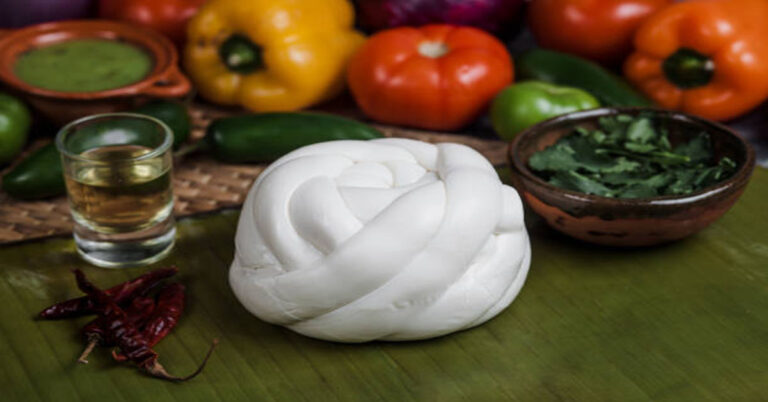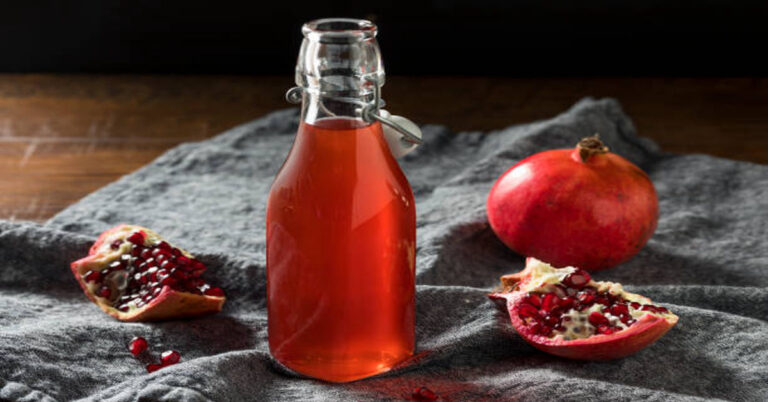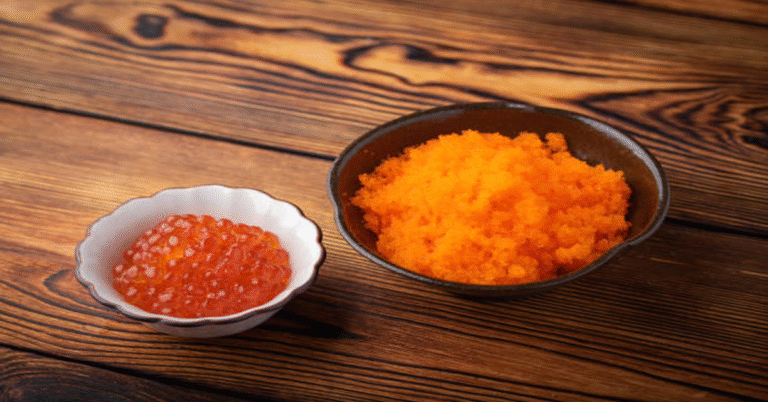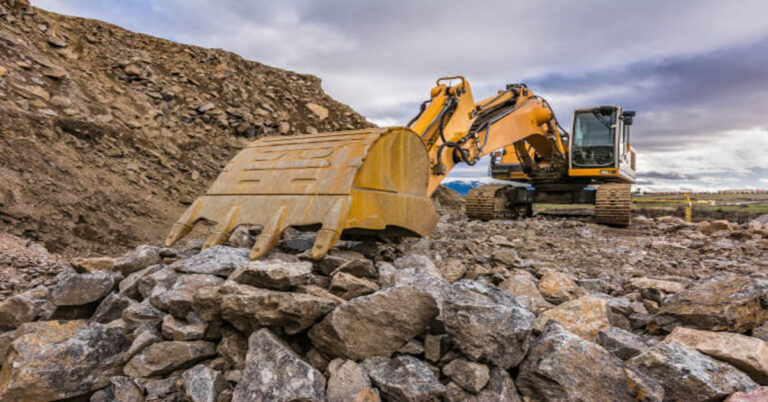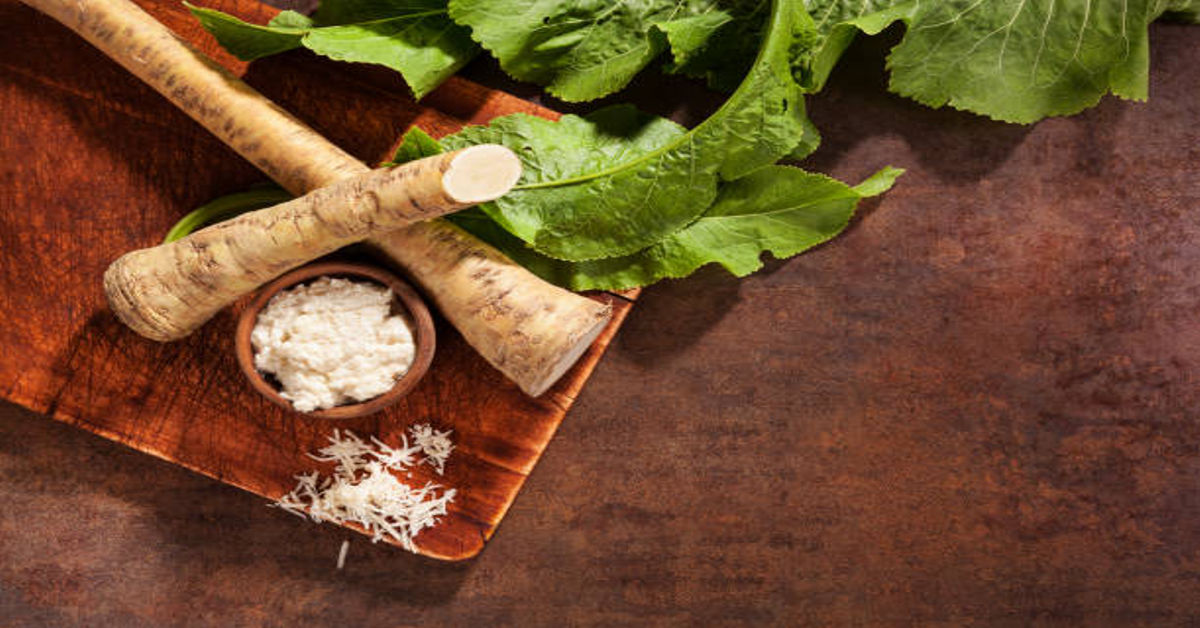
Meerrettich, commonly known as horseradish in English, is a root vegetable with a powerful, pungent flavor that has fascinated cultures for centuries. Its distinctive sharpness and nose-tingling aroma make it a unique condiment and a valued medicinal root. Native to Europe and Western Asia, meerrettich has been grown and used for both culinary and health purposes for over 2000 years.
Unlike other root crops primarily consumed for energy, meerrettich is appreciated for its flavor-enhancing qualities and medicinal value. Rich in mustard oil compounds and phytochemicals, it holds a special place in both folk medicine and modern kitchens. This article provides an in-depth look at meerrettich—its history, nutritional composition, health benefits, cultivation, economic significance, and practical uses.
Historical Background and Cultural Significance
The history of meerrettich stretches back to antiquity. Ancient Egyptians are believed to have used it as both food and medicine. The Greeks and Romans later adopted it, using the grated root for digestive issues and as an aphrodisiac. By the Middle Ages, it became widespread across Europe, particularly in Germany, Austria, and Eastern European countries where it remains integral to traditional dishes.
In Jewish tradition, horseradish is a symbolic food during the Passover Seder, representing the bitterness of slavery. In Central and Eastern Europe, it is often served with cured meats and fish, particularly during Easter celebrations. Its cultural role reflects not just its strong taste but also its symbolic power as a food that awakens the senses.
Botanical Profile of Meerrettich
Meerrettich belongs to the Brassicaceae family, the same family as cabbage, broccoli, and mustard. Its scientific name is Armoracia rusticana.
Plant Description
- Leaves: Large, elongated, bright green leaves resembling dock or spinach.
- Root: Thick, white to beige, cylindrical root that is harvested for culinary use.
- Flowers: Small, white clusters that bloom in summer.
It is a hardy perennial that can survive cold winters and regrows vigorously each spring, making it a reliable crop once established.
Nutritional Profile of Meerrettich
Although usually consumed in small amounts, meerrettich is nutritionally dense and provides a range of vitamins, minerals, and phytonutrients.
Nutritional Table (per 100g of raw horseradish root)
| Nutrient | Amount |
|---|---|
| Calories | 45 kcal |
| Carbohydrates | 11 g |
| Fiber | 3.2 g |
| Protein | 1.2 g |
| Fat | 0.2 g |
| Vitamin C | 24–25 mg |
| Folate | 57 µg |
| Calcium | 55 mg |
| Potassium | 246 mg |
| Magnesium | 27 mg |
| Phytonutrients | Glucosinolates, sinigrin, allyl isothiocyanate |
Its key feature is the presence of glucosinolates and mustard oil compounds that release volatile isothiocyanates when the root is grated or crushed, giving it the sharp, pungent character.
Health Benefits of Meerrettich
Meerrettich has been valued in traditional medicine for centuries. Modern nutritional science supports many of these claims, highlighting its antioxidant, antimicrobial, and digestive benefits.
1. Immune System Support
With high vitamin C and antioxidant compounds, meerrettich strengthens the body’s defenses against infections and oxidative stress.
2. Antimicrobial Properties
Allyl isothiocyanate, the compound responsible for its pungency, shows natural antibacterial and antifungal activity, making it useful in both medicine and food preservation.
3. Respiratory Health
Its volatile oils can clear nasal passages, making it a natural decongestant. Traditionally, horseradish compresses and syrups were used to relieve sinus infections, coughs, and bronchitis.
4. Digestive Aid
Meerrettich stimulates gastric secretions, promoting better digestion of fatty or heavy foods. It also has mild laxative effects due to its fiber content.
5. Anti-Inflammatory and Antioxidant Effects
Glucosinolates and isothiocyanates reduce inflammation and help neutralize free radicals, potentially lowering the risk of chronic diseases.
6. Potential Anti-Cancer Role
Studies suggest glucosinolates in cruciferous vegetables may support the body in detoxification and reduce cancer risk. While not a cure, regular consumption may contribute to prevention strategies.
Medicinal Applications
Traditional folk medicine across Europe recommended meerrettich for a variety of ailments:
- Urinary tract infections: Due to diuretic and antibacterial properties.
- Joint pain: Topical compresses of grated root for relief.
- Toothache: Historically used as a natural analgesic.
- Cold and flu: Infusions and syrups made with honey.
Today, horseradish extracts appear in some herbal remedies for respiratory and urinary health.
Culinary Uses of Meerrettich
Meerrettich’s culinary role is primarily as a condiment and flavor enhancer. Its spicy kick pairs particularly well with rich, fatty, or smoked foods.
Traditional Uses
- Germany & Austria: Served with sausages, boiled beef (Tafelspitz), or smoked fish.
- Poland & Hungary: Mixed with beetroot for Easter sauces.
- UK & US: Horseradish sauce with roast beef or seafood.
Modern Applications
- Incorporated into dips, mayonnaise, and mustard blends.
- Added to pickles and relishes for a spicy twist.
- Used in cocktails such as the Bloody Mary.
Recipes Featuring Meerrettich
1. Classic Horseradish Sauce
Ingredients:
- 3 tbsp grated horseradish
- ½ cup sour cream
- 1 tsp vinegar
- Salt and pepper
Method:
Mix all ingredients until smooth. Chill before serving with beef or fish.
2. Beetroot and Horseradish Relish
Ingredients:
- 1 cup grated cooked beetroot
- 2 tbsp grated horseradish
- 1 tbsp vinegar
- Pinch of sugar
Method:
Combine all ingredients. Serve as a side with cold meats or bread.
Cultivation of Meerrettich
Cultivating horseradish requires patience and good soil preparation.
Soil and Climate
- Prefers deep, loose, well-drained soil rich in organic matter.
- Thrives in temperate climates, hardy to frost.
Propagation
Usually propagated by root cuttings (known as “sets”). Planting is done in spring or autumn.
Maintenance
- Requires regular weeding as its large leaves shade out weeds.
- Irrigation is essential in dry seasons.
Harvesting
Roots are dug up in late autumn or early winter, after the first frost. Proper storage in sand or cool cellars ensures freshness for months.
Economic Importance
Horseradish farming is a niche but profitable business.
- Global producers: Germany, Hungary, Poland, USA, and Austria.
- Products: Fresh root, preserved sauces, powders, extracts for herbal medicine.
- Market growth: Increasing demand for natural condiments and health supplements boosts its value.
Preservation and Storage
Meerrettich quickly loses pungency when exposed to air. To preserve its strong flavor:
- Store whole roots wrapped in damp cloth in cool storage.
- Grated horseradish should be mixed with vinegar immediately.
- Freezing can preserve grated root but slightly reduces pungency.
Risks and Precautions
While beneficial, horseradish should be consumed in moderation:
- Gastrointestinal irritation: Excess may cause stomach upset.
- Skin burns: Freshly grated root can irritate skin if applied directly.
- Thyroid health: Excess glucosinolates may interfere with thyroid function in sensitive individuals.
- Children & pregnancy: Not recommended in large amounts due to potency.
Comparative Analysis with Similar Foods
| Condiment Root | Flavor Intensity | Culinary Uses | Medicinal Properties |
|---|---|---|---|
| Horseradish (Meerrettich) | Very pungent, nasal heat | Beef, fish, sauces | Antimicrobial, decongestant |
| Wasabi | Similar but greener, sharper | Sushi, Japanese dishes | Antibacterial, digestive aid |
| Ginger | Warm, spicy-sweet | Teas, curries, desserts | Anti-inflammatory, nausea relief |
| Mustard Root | Mildly spicy | Mustard paste, pickles | Digestive stimulant |
Meerrettich in Research and Innovation
Modern science continues to explore horseradish for new uses:
- Biotechnology: Horseradish peroxidase enzyme used in medical diagnostics.
- Food preservation: Natural antimicrobial agent in packaging.
- Functional foods: Extracts incorporated in supplements and health beverages.
Conclusion
Meerrettich is more than just a spicy root. It bridges the gap between food and medicine, culture and science. From ancient traditions to modern biotechnology, it continues to be relevant across centuries and continents. Its pungent kick not only enlivens meals but also contributes to health, making it a remarkable plant in the world of root vegetables.
Whether grated fresh, preserved in vinegar, or explored in laboratories, horseradish remains an enduring symbol of how nature’s sharpest flavors can bring both enjoyment and healing.
FAQs
1. What is the difference between horseradish and wasabi?
Wasabi is a different plant native to Japan but has a similar pungent taste. Most commercial wasabi paste actually contains horseradish.
2. How do you keep horseradish fresh after grating?
Mix it immediately with vinegar to stabilize the flavor and store in an airtight container in the refrigerator.
3. Can horseradish help with colds?
Yes, its pungent compounds can clear nasal passages and ease congestion, making it useful during colds and sinus infections.
4. Is horseradish safe for everyone?
In small amounts, yes. But people with digestive disorders, thyroid issues, or sensitive stomachs should limit intake.
5. How long does a horseradish plant live?
It is a perennial plant that can live for many years if not harvested, but roots are typically dug up annually for best quality.

